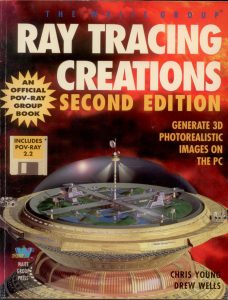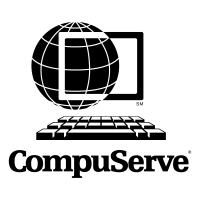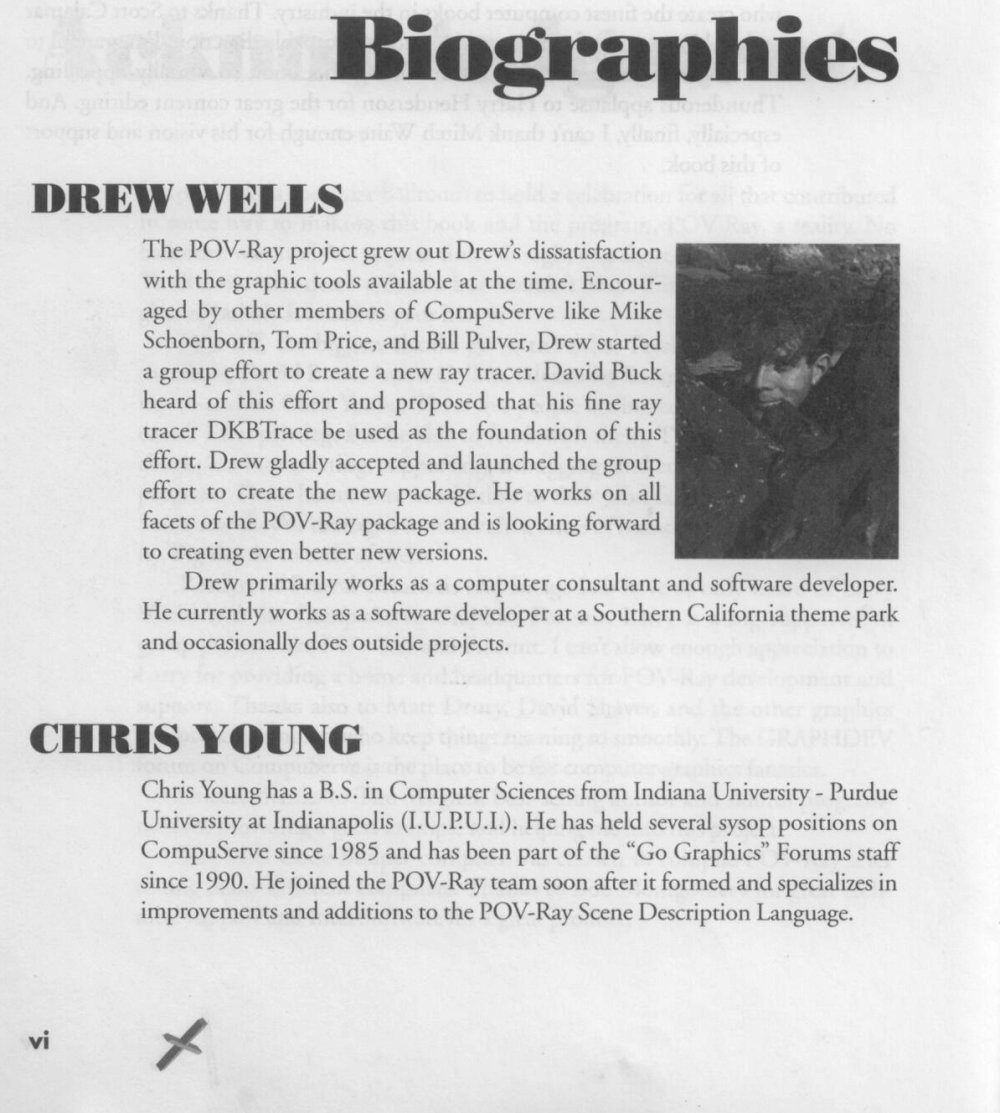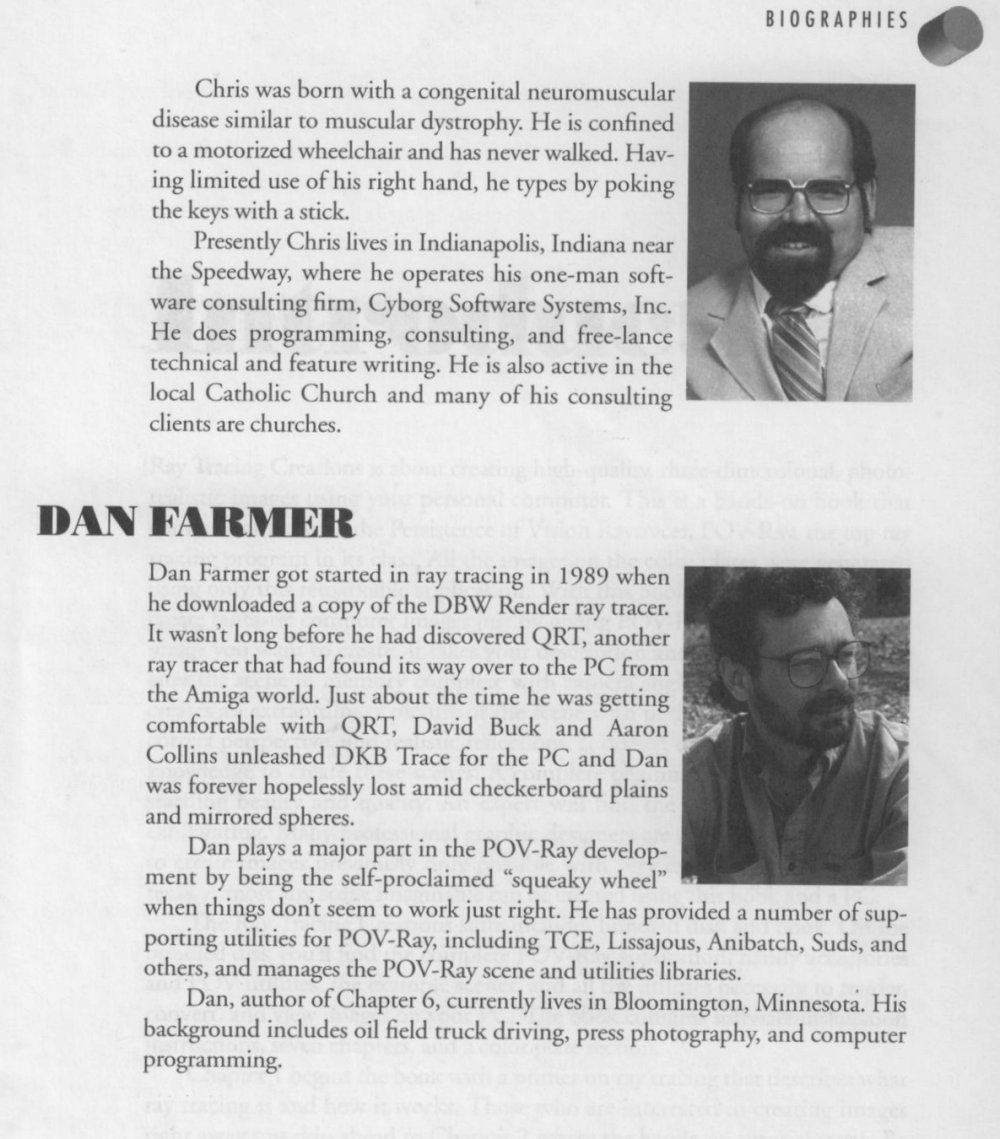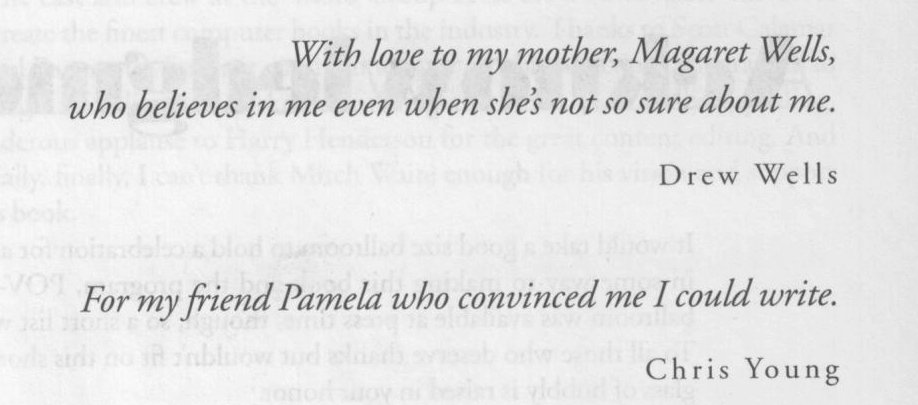Reading the title of this essay you probably think I’m being sarcastic. Even before his recent missteps with the purchase of Twitter and some of his outrageous statements about that purchase and the platform’s future, Elon Musk was known for saying outrageous things and frequently putting his foot in his mouth. Why would one want to take his advice on being a good writer?
Whatever your low opinion of him as a person, public figure, or media pundit – it is undeniable that he is an engineering genius. He doesn’t just serve as a hands-off CEO of SpaceX and Tesla. He is a very hands-on person who is involved in some of the day-to-day engineering decisions.
SpaceX has revolutionized rocket transportation. His reusable Falcon 9 and Falcon Heavy rockets are delivering more cargo to orbit than any other carrier. His upcoming super heavy booster and Starship orbiter are poised to further revolutionize the industry. The reusability feature has drastically cut costs. He is routinely delivering astronauts to the ISS. His competitors such as Rocket Lab, ULA, and Blue Origin are racing to catch up.
Tesla is the first completely new automobile manufacturer to achieve success in modern times. The all-electric vehicles have succeeded over early attempts by other manufacturers such as the Chevy Bolt and Nissan Leaf. Other manufacturers are struggling to break into the EV market against the stiff competition and head start by Tesla.
Let’s pause our look at Musk for a moment and talk about my own journey to break into writing fiction. Then I will explain how the engineering principles espoused by Musk can be applied to the process of storytelling.
I’ve had limited success doing technical writing and have created award-winning biographical essays. However, I never attempted fiction until two years ago. In that time I’ve written 10 stories and collected over 50 rejection emails from over a dozen markets. I realize there was only so much that I could teach myself about the craft of storytelling without some sort of outside critique or guidance. I signed up for an online writing seminar with Hugo and Nebula award-winning author David Gerrold. Not only has he given me many valuable insights, but I’ve also developed relationships with other authors in the class most notably Lou J Berger.
In one of our online discussions, Lou pointed out that there 4 different types of authors.
- You are unconsciously bad – These are the enthusiastic, wide-eyed writers that say to themselves, “I can write better than some of those idiots I’ve been reading.” They had no idea what it really takes to be an effective author. They write something, think it’s wonderful, and are clueless about all of the rookie mistakes they make.
- You are consciously bad – This is when you finally wake up and realize that masterpiece you wrote is crap. You try to justify the decisions you made along the way but are confronted with the reality that you just aren’t there yet.
- You are consciously good – This is when you take the lessons you’ve learned from your own experience and hopefully the guidance of others and begin the grueling work and grinding out perfect sentence after perfect sentence creating a narrative that engages the reader and motivates them to anxiously await the next paragraph in your story.
- You are unconsciously good – You use your natural talents and experience to crank out beautiful prose while barely breaking a sweat. Or you might sweat over every decision and doubt yourself while suffering from a serious case of imposter syndrome without realizing that you are creating something brilliant.
Lou would probably describe himself as consciously good as would David although David is in most circumstances very decidedly unconsciously good. Unfortunately (or fortunately depending on your perspective) I’m making that horrible transition between unconsciously bad and consciously bad. With guidance from David, Lou, and others I have been able to reevaluate my work so far and now realize much of what has gone wrong.
I believe I’ve come up with some reasonably interesting concepts for a story. I believe my characters are reasonably well-developed. There are brief moments of brilliance scattered throughout my work. But there are some fundamental problems that I’ve discovered along the way and while reflecting upon those issues, I began to realize I heard the story before.
Some of the mistakes I’ve been making are incredibly similar to common engineering mistakes that Elon Musk describes as his philosophy for efficient engineering. He proposes 5 steps to creating an effective and efficient product. He outlines these five steps in an interview with YouTuber Tim Dodd a.k.a. “The Everyday Astronaut – bringing space down to earth for everyday people.” See the link here https://youtu.be/t705r8ICkRw
Here is my summary of Musk’s approach to engineering. After outlining these steps, I will explain how I believe it relates to being an effective writer.
- Make the requirements less dumb – As an engineering student, you don’t get the opportunity to take this step. Your instructor gives you requirements for a gadget that you have to design, engineer, and build. You don’t get the opportunity to say to your professor, “This is a bad starting premise. We don’t need this device.” But in the real world, the first step is to question your basic design assumptions.
- Delete the part – If you’re not putting back 10% of the things you deleted then you are not deleting enough. This ties into that first step because it may be the part that you are being asked to create shouldn’t exist in the first place.
- Optimize – Don’t waste time optimizing something that shouldn’t exist in the first place. Too much time is wasted optimizing unnecessary steps. Wait to optimize until you’re sure you really have what you want.
- Accelerate cycle times – Go faster. Time is money.
- Automate – He often says it’s more difficult to build the machine that builds the machine than it is to design the product itself.
In the video, he tells about times when he did the steps in the wrong order. He tried to automate, accelerate, and optimize a part or process that wasn’t really necessary in the first place.
So… What does this have to do with storytelling? I’ve been making mistakes 1 and 2. I have a tendency to be long-winded (as you have seen already in this essay). I began to realize that you don’t need to put in all of your backstories. It’s good to have those details in your mind, but if they get in the way of telling the story that you want to tell and interrupt the flow or the emotional beats of your narrative then you ruin the process.
The challenge for me going forward is to discern when some of those theoretically nonessential details effectively add to the atmosphere of the story but are not intrusive to the storytelling itself.
For example in one of my stories, a teenage girl in trouble walks into a legal clinic seeking help. How important is it that I describe the building? Should I give a description of the neighborhood, its history, and its character? What about a description of the receptionist behind the desk? She only appears in 2 paragraphs. So, perhaps I delete these details and then later conclude that the story could use a little more atmosphere and so I put some of them back in.
I also tend to summarize something that has just happened. While repetition and summation can be valuable teaching tools when writing something educational, it doesn’t lend itself well to storytelling. I need to delete my summaries. Let the reader draw their own conclusions.
So I’ve learned a few lessons along the way… What do I do next? Perhaps my stories can be salvaged if I make my writing more focused. Stop summarizing. Delete extraneous detail especially when it interrupts the flow. Perhaps it’s time to move on to step 3 and start optimizing. Carefully examine each and every sentence and each and every word within the sentence to make sure it’s the best you can do.
I asked myself, “Can my previous stories be salvaged? Sure, I’ve run out of markets to which I can submit them. But if I’m going to self-publish a collection of my work as was my plan, if there’s something I can fix in these rejected stories then I ought to do so.”
The problem is… I didn’t do step one. This is what Musk has really taught me and provided the impetus to write this essay.
In my discussions with Lou and others, I’ve found myself saying things like, “But that’s the story I wanted to write.” Lou admired me for standing up for those choices and said that ultimately it’s my story and I should tell the story I want to tell. However, I’m trying to justify some of the choices I made without really questioning those choices to begin with. Perhaps my design requirements are dumb.
The first two stories I wrote were supposed to be part of a trilogy in which I explored the origin stories of classic sci-fi technology. There are certain technologies that are common to futuristic literature but it seemed to me that we rarely get origin stories for these technologies. How did we get from here to there? Who invented these technologies? What was the immediate impact of their introduction? That’s what I wanted to explore in my first attempts at fiction.
The three most common sci-fi technologies that I identified were:
- Some sort of clean, green, inexpensive energy source. In my case, I wrote the story of a guy who perfected cold nuclear fusion.
- Some sort of gravity control. Hop in your shuttle craft, push a button, and it floats off the ground without the roar of engines. a.k.a. flying cars. I wrote a story of how a spacecraft that could fly that way would be able to do things that traditional rocket-powered spacecraft could not do.
- Some sort of faster-than-light drive. I came up with a unique FTL concept that while technically impossible, was more credible than your typical FTL/hyperspace/warp drive.
That’s not a bad concept for a series of stories, but I let those concepts get in the way of telling an interesting story. The first story turned out to be the biography of Eddie Tillman, the inventor of cold fusion. And while I believe I created an interesting character, there is no conflict. The only conflict is his ambition to get the job done. Without conflict, you don’t really have a story. Also, I didn’t really do what I set out to do which was to explore the impact of his invention. The story was already too long so I quit once he invented it.
The problem with the story is that it had too dumb a requirement to begin with. I missed Musk’s step 1.
The sequel explored the invention of gravity control by Eddie’s wife Julie. The technology was used by their astronaut daughter Teresa to fly a spacecraft to the ISS to rescue stranded astronauts after an accident. It illustrated that without the technology described, the rescue would have been impossible. Unlike the first story, it had drama, adventure, danger, and excitement. I think Teresa was a pretty interesting and well-drawn character. The problem was, the first quarter of the story was spent tying it into the overall Tillman family history and talking about the invention of the gravity control before getting on with the interesting story of the rescue. There was too much extraneous detail about the history of the development of the technology that led up to the rescue itself.
My design premises were too dumb.
I only got about 4000 words into the third story in which Theresa’s husband Thomas was going to invent a new kind of FTL. I gave up when I realized it was a boring biography in the same way that the first installment was.
I can’t fix the first story without totally rewriting it. However, I love the portrait of the character Eddie too much to throw the story away completely. It’s simply going to have to stand flaws and all as the history of my insufficient first attempt. And it’s not really that bad. In discussing the story with David, he pointed out the similarities to Citizen Kane about an obsessed person driven to success when his only real happiness was to return to the joys of his childhood. I haven’t written anything remotely close to that quality, but the premise is not as flawed as I originally realized. Note David did not read the story.
Teresa’s rescue story can be fixed if I throw out the back story. Focus on the interesting rescue itself with only mild references to Teresa’s life story perhaps with a very stripped-down flashback.
So I’ve learned a lot and some of it came from Elon Musk.
Sure you have to tell the story want to tell, but don’t be afraid to question your basic assumptions. Don’t be afraid to delete extraneous detail. Only optimize your work after you’ve done steps 1 and 2.
The analogy starts to break down with steps 4 and 5. Step 4 is to go faster. Really it’s about time management and David had some great insights about how to become a more disciplined writer. You need to set aside time every day to write something just to exercise your writing muscles. You only get better through practice.
Step 5 is to automate the process. I suppose that’s what someone prolific like James Patterson does. He writes an outline and then hands it off to a team of his protégés who do most of the writing. Or perhaps at this point, he doesn’t even write the outline. He just lends his famous name to other people’s work in exchange for a percentage of the income. He has turned himself into a brand that cranks out massive amounts of work that is only partially his own effort. Unless you want to be James Patterson, I suggest you skip that step.
One other piece of engineering advice he offers in the video I linked above is to eliminate in-process testing. When you are first working out production issues, you need to have lots of testing to find out where the problems are. But once you’ve got a process running smoothly, don’t bother testing things that are unlikely to break. I suppose the analogy for writing is that there is a tendency to try to optimize things as you go. It’s more efficient to get that first draft hammered out and let the ideas flow freely without getting bogged down into fixing little details along the way. Debug your process later. Just get the ideas on the page and then polish them later.
Elon Musk is an eccentric, deeply flawed person who for better or worse has amassed phenomenal wealth. Some of that wealth has gone to the betterment of the world. Some of it has been squandered pursuing his own egotistical purposes. I can’t recommend you emulate him in most areas. But there is much to learn from his engineering expertise. I hope I can find ways to implement these ideas to make me a better writer.
Your mileage may vary.


